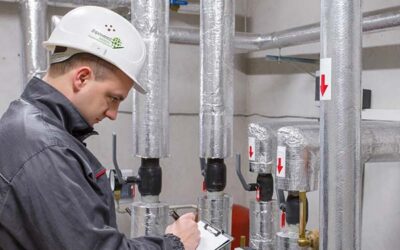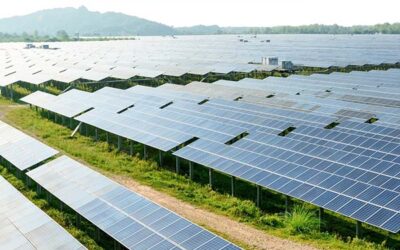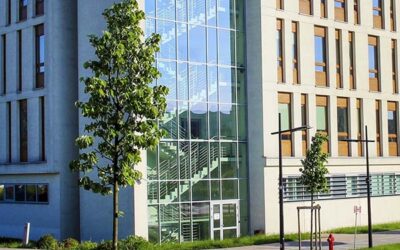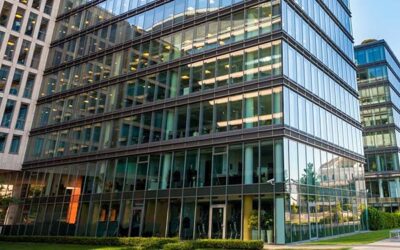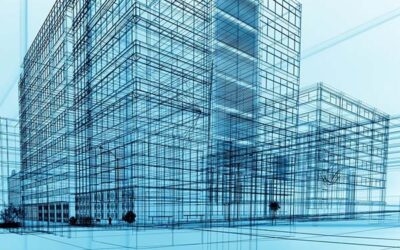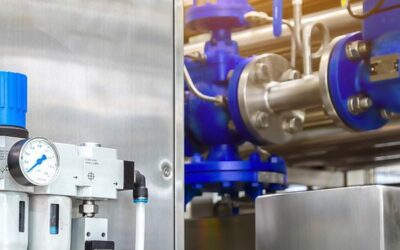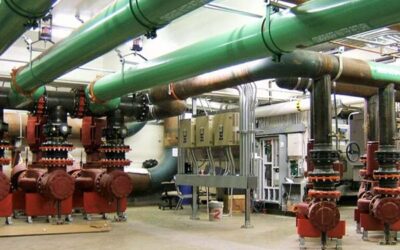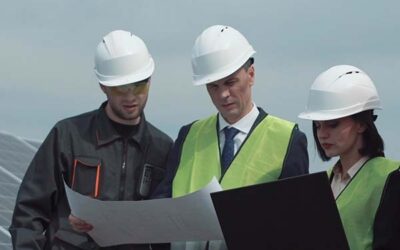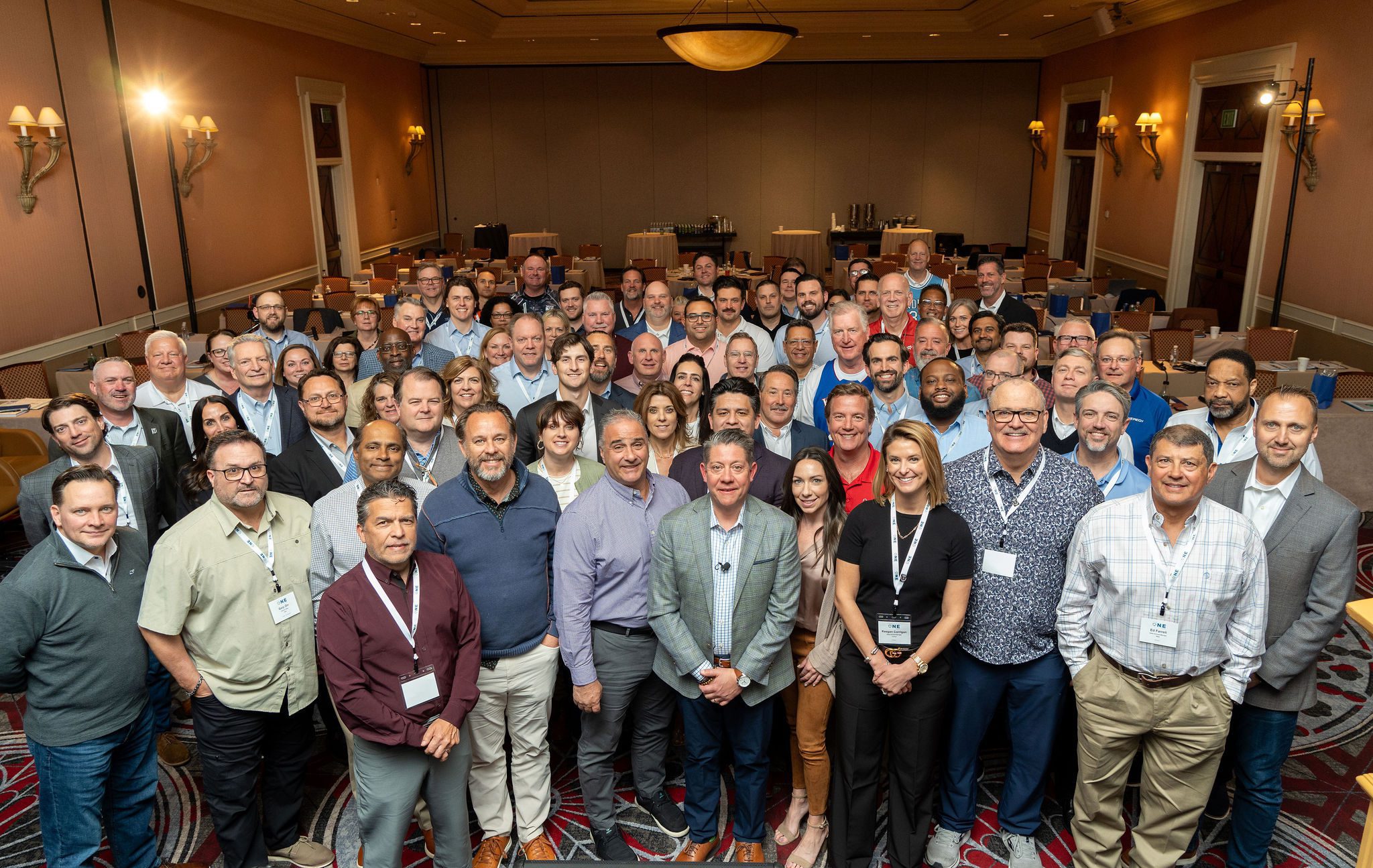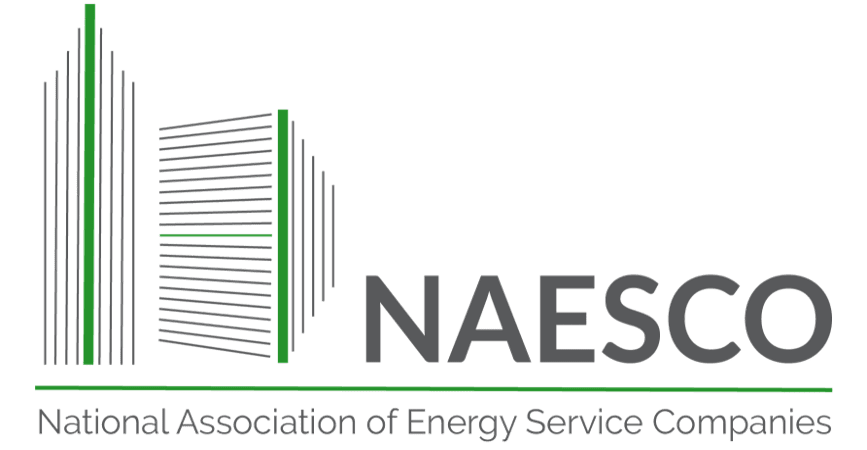We know this is a difficult time for all, especially for businesses navigating the complexities of managing staff, suppliers, perhaps students, and remote access capabilities. We also know that managing your energy efficiently is likely not a top priority right now, and rightfully so, as health and safety must come first.
Measurement & Verification: Achieve Your Energy Savings Goals
New construction commissioning is often required by city or local codes, generally triggered by project size and/or systems included. New construction commissioning is also required for any project pursuing Leadership in Energy and Environmental Design (LEED) certification from the US Green Building Council (USGBC).
What is An Energy Action Plan?
Here are some of the popular strategies recommended by Energy Action Plans.
Energy Efficiency: Core strategies for almost every EAP. Actions for energy efficiency can include improving building standards and offering public incentive programs for home efficiency measures. For meeting EAP goals, energy efficiency strategies are often the best in terms of cost-effectiveness, reliability, and sustainability.
What are Climate Action Plans?
Climate Action Plans are being adopted all over the world by any government or organization that is motivated to take measurable actions on their climate impact. CAPs are used at all scales of government, from the federal level down to the states, counties, and cities.
PLC-Based Energy Management Systems for the Modern Manufacturing Facility
Discover the next generation of energy management and HVAC control for manufacturing facilities in the form of Programmable Logic Controllers (PLCs).
Retro-Commissioning: Increase Building Performance and Efficiency
Taking charge of the efficiency of your building is essential to reducing your utility expenditures and improving your organization’s bottom line. Having a competent commissioning authority on your team is essential when constructing new systems or substantially expanding existing ones.
The Ultimate Guide to LEED Certification
The certifying body for LEED certification is the USGBC, a private 501(c)3 membership-based non-profit that was established in 1993. The purpose of the USGBC is to promote sustainability in building design, construction, and operation, which is most prominently enacted through the LEED program.
Improve the Efficiency of Your Compressed Air System
Have you ever woken in the middle of the night in a cold sweat wondering if your plant is using more energy than it should, putting you at a disadvantage as compared to your competition? E
Energy Terminology 101: The Basics of Energy Usage and Production
If you’re new to the world of energy production and usage, some of the scientific and engineering terminologies can feel a little intimidating. Knowing the basics will help you navigate opportunities for improving your energy efficiency, and guide your decision making. Our experts at Veregy have set out to answer your questions and define common energy terminology.
Three Best Kept “Secret” Energy Savings Programs for Manufacturers
Lawrence Berkeley National Laboratory recently concluded a study showing that the average cost of saving a kilowatt-hour of electricity was $.025. So, whether an industrial plant is paying $.05, $.10, or $.25/kWh, it makes a lot of sense to pursue energy efficiency opportunities.
How to Get a Job in Energy Efficiency
Following my graduation from the undergraduate mechanical engineering program at Carnegie Mellon, I was essentially told that the world was my oyster – carpe diem, go do things with your life now!


